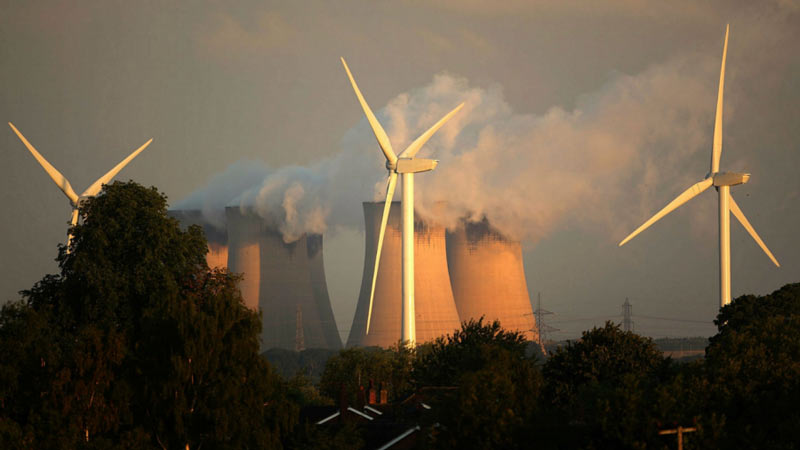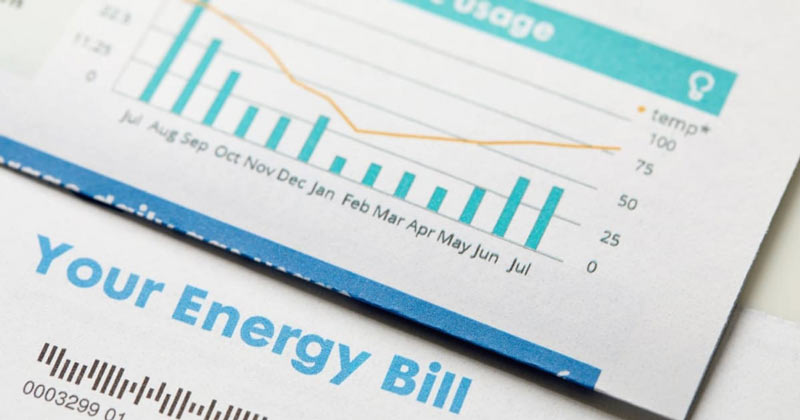Green Levy: How Green Levy Works?
Aug 19, 2023 By Kelly Walker
Governments worldwide are researching ways to reduce carbon emissions, promote renewable energy, and incentivise environmentally friendly activities as worries about climate change and environmental sustainability grow. Green levies, often known as eco-taxes, are gaining popularity. A Green Levy is a levy on environmentally harmful products, services, and activities. It promotes sustainability, discourages environmental harm, and raises money for environmental programs.
Green Levy: What is it?

A Green Levy internalizes the environmental costs of pollution, resource depletion, and climate change-causing goods and services. "Polluter pays" means polluters must pay to mitigate or balance their environmental damage. Green Levies encourage sustainable behavior by including environmental externalities in product prices.
Green Levies can differ greatly depending on each country's environmental issues and policy goals. Green Levies target carbon emissions, plastic pollution, waste, and urban congestion.
How a Green Levy Works?
If you are wondering how Green Levy works, then the following is the process:
Identifying Environmental Impact
Before implementing a Green Levy, policymakers conduct comprehensive assessments to identify activities, products, or services that have significant negative environmental impacts. These may include carbon emissions, plastic waste generation, non-recyclable waste disposal, and more.
Setting the Levy Rate
Once the environmental impact has been identified, governments determine the appropriate levy rate for each targeted activity. The rate is typically calculated based on the level of environmental harm caused and the desired reduction in the activity.
Collecting the Levy
Green Levies are typically collected through various mechanisms, depending on the specific activity being taxed. For example, Carbon Levies on fossil fuels are often collected at the point of production or import, while plastic taxes may be levied on manufacturers or distributors of plastic products. The collected funds are then channeled into environmental initiatives and projects.
Funding Environmental Initiatives
The revenue generated from Green Levies is directed toward funding various environmental initiatives. These may include renewable energy projects, waste management programs, reforestation efforts, research and development of clean technologies, and more.
Encouraging Sustainable Practices
Green Levies make ecologically detrimental behaviors more expensive, encouraging people, businesses, and industries to go green. Companies may invest in renewable energy and energy-efficient technology if carbon levies rise.
Balancing Economic Impact
Policymakers must strike a delicate balance between environmental objectives and the potential economic impact of Green Levies. Some industries heavily reliant on fossil fuels or plastics may face short-term economic challenges due to higher production costs. Governments may offer tax incentives, exemptions, or subsidies to mitigate these effects to support the transition to more sustainable practices.
Green Levy Impact on Energy Bills

The Green Levy impact on energy bills can vary depending on each country or region's specific policies and objectives. Green Levies absorb the environmental impacts of energy production and use, encouraging cleaner, more environmentally conscious energy sources. They promote environmental sustainability and fight climate change, but they also affect energy prices for consumers and companies. Green Levies' influence on energy bills:
Carbon Levy on Fossil Fuels
Several governments levy fossil fuels, including coal, oil, and natural gas, to fight climate change. This charge depends on fuel carbon content at extraction, production, and consumption. Energy corporations pass on greater expenses to customers, raising energy bills.
Renewable Energy Subsidies
Some countries fund solar, wind, and hydroelectric electricity using Green Levies instead of Carbon Levies. These subsidies make renewable energy cheaper and more competitive, lowering carbon-intensive energy use. These incentives usually raise energy prices.
Energy Efficiency Programs
Some Green Levies are earmarked for energy efficiency programs and initiatives. These initiatives encourage energy efficiency and conservation. Energy efficiency measures can save consumers money over time, but they may raise energy bills initially.
Benefits of Green Levies
Environmental Protection
One of the primary benefits of Green Levies is their contribution to environmental protection. Carbon emissions, plastic trash, and hazardous materials disposal are taxed to deter ecologically detrimental behavior. Thus, companies and people are rewarded for limiting their negative influence on ecosystems, biodiversity, and environmental health.
Climate Change Mitigation
Green Levies significantly combat climate change by targeting carbon emissions and greenhouse gas (GHG) pollution. Carbon taxes on fossil fuels encourage both companies and customers to switch to cleaner, renewable energy. This carbon emission decrease helps governments reach their emission objectives and fight climate change.
Encouraging Sustainable Practices
Green Levies encourage the adoption of sustainable practices and technologies. By making environmentally friendly options relatively more affordable, individuals and businesses are motivated to embrace eco-friendly alternatives. For example, a higher tax on non-recyclable plastic products may prompt manufacturers to shift to recyclable materials, reducing plastic pollution.
Revenue Generation for Environmental Initiatives
One of the significant benefits of Green Levies is their ability to generate revenue. The funds collected through these levies are often earmarked for environmental initiatives and projects. Governments can invest these revenues in renewable energy projects, afforestation efforts, waste management programs, and research and development of clean technologies. These initiatives address environmental challenges, create green jobs, and stimulate economic growth in the sustainability sector.
Behavior Modification
Green Levies can effectively modify consumer behavior by influencing purchasing decisions. Higher taxes on energy-intensive or polluting products may lead consumers to opt for greener alternatives, such as energy-efficient appliances, eco-friendly vehicles, or renewable energy options. In response to customer demand, businesses develop environmentally friendly goods and services.
Reducing Waste and Improving Resource Management
Levies on waste disposal can significantly impact waste management practices. A charge on non-recyclable or hazardous garbage encourages firms and people to recycle and invest in waste treatment technology. Less pressure on landfills and ecosystems improves resource management.
Funding Conservation Efforts
Green Levies can be directed toward funding conservation efforts and protecting natural habitats. This includes supporting national parks, wildlife reserves, and marine conservation projects. The funding ensures the preservation of biodiversity and helps safeguard ecosystems, which play a crucial role in maintaining the balance of nature.
Conclusion
A Green Levy is a potent tool in the fight against climate change and environmental degradation. Green Levies encourage sustainable behavior by internalizing the environmental costs of polluting activities. Green Levy energy prices may initially hurt certain companies, but the long-term advantages of lower carbon emissions, better administration of resources, and a healthier world exceed the costs. Green Levies will help create a more sustainable and ecologically conscious society as governments seek new environmental solutions globally.








